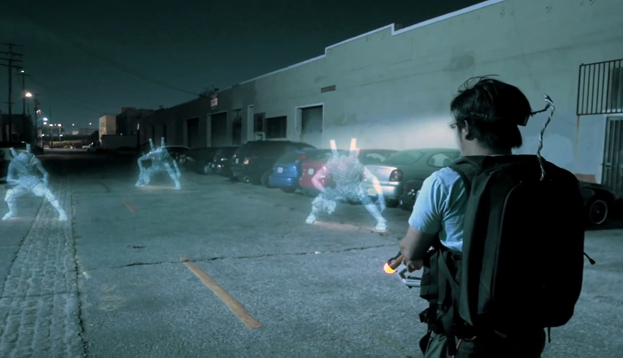Indie games are one of the largest things to change the gaming industry over the past decade. Empowered by digital distribution methods and cheaper tools for software creation, indie games have exploded, evolving from niche offerings to being a burgeoning business in and of itself. While more people are making games (and playing games) than ever before, Jason Grinblat of Freehold Games notes that humans of every stripe have always loved games.
“The face of gaming is changing, and the face of gaming is staying the same,” said Grinblat. “Now that’s a contradiction if I’ve ever written one. But it’s true. While the public spotlight broadens to reveal a more diverse swath of people who identify as gamers, and for whom representation in games is an important issue, it also obscures a parallel truth: that they were always here.”
“Gaming has always been diverse. Gaming is made diverse by our nature,” he added. “We’re a playful species that uses games to feel out the spaces we inhabit, to stretch our arms and legs, to contemplate ourselves in ways we cannot when we’re charged with the urgency of the ‘serious.’ Cordoning off a time and place for play is essential to our growth and our sanity — especially for people for whom the ‘real’ world is often a hostile place. It’s self-absorbed to assume that play is the domain of only one kind of person, and it’s selfish to try to enact that philosophy or get in the way of people who are reforming the institutions that have unfortunately presumed it to be true”
Mykhaylo Kotys, founder of Maya Gameworks, this new audience has changed whom developers are targeting in their titles, namely the broader, more casual audience. “When you think about the changes that have occurred in ‘gamer culture’ over recent years, the first thing that comes to mind is the large influx of ‘casual gamers’ due to the rise in popularity of mobile games,” said Kotys. “Most classic (console/PC) games tended to be too difficult for these new individuals or demand more of their time than they could spend on games. Another large group of “casual gamers” came with the invention of social games such as FarmVille, which can be played at work or with friends while browsing Facebook. These events increased the number of ‘gamers’ drastically over the last few years. However, even though someone might have become a gamer by playing FarmVille or Angry Birds, this doesn’t mean that her/his tastes will stay the same over time. Just like with any hobby, a person starting out as a ‘newbie’ tries every flavor that a particular hobby has and then stops at some point after finds a ‘niche.’ ”
“The path of a ‘hardcore gamer’ might be as follows: Start by playing Angry Birds on an iPhone, move into Call of Duty on a console — and then try Skyrim and Dark Souls after growing bored of the repetitiveness. And then, the player still wants something new, move into playing indie games of various types,” Kotys continued. “However, most gamers will remain casual — and this, in my opinion, will always push any big game developer (who constantly seeks to expand its player base) to make its new title more appealing to this new audience. To speak simply, this will most like make upcoming big titles less and less clever.”
While many developers are focused squarely on a broad audience, Valentin Gukov of AtomicTorch Studio asserts that lessons from the origins of the gaming industry about overcoming adversity should not be lost. “Twenty years ago, games mercilessly tested your skills, patience, willpower. They made you the strongest and the best, the person who wins, the person who is really proud of his/her achievements and can prove it,” wrote Gukov. “Nowadays, games are different: They ‘care’ about you and try not to annoy the player who pays the money. They are replacing the thirst for victory with some nice images and sweet lies. Many of the deepest and ‘high-end’ projects have boring and repetitive gameplay — and they lose retention because they’re unable to give everything they have to the player. Even if those projects are really ambitious, this is only in terms of earning money — rather than giving the player full challenge and satisfaction.”
That gives us the portrait of modern gamer: slightly bored, slightly uninvolved, slightly under-skilled and soft-core — but perfectly aware of the price of each cent they paid for the game.
“As professionals, we cannot deny the progress of our civilization and won’t try to make the games too old-school: modern ideas in design, usability, technologies must be in our products,” he added. “As indie developers, we want to see players who are highly involved with the awesomeness of our worlds. Players need to consider only one thing: The taste of victory is not a taste of stale burger or strawberry candies. Victory tastes of sweat and blood.”

